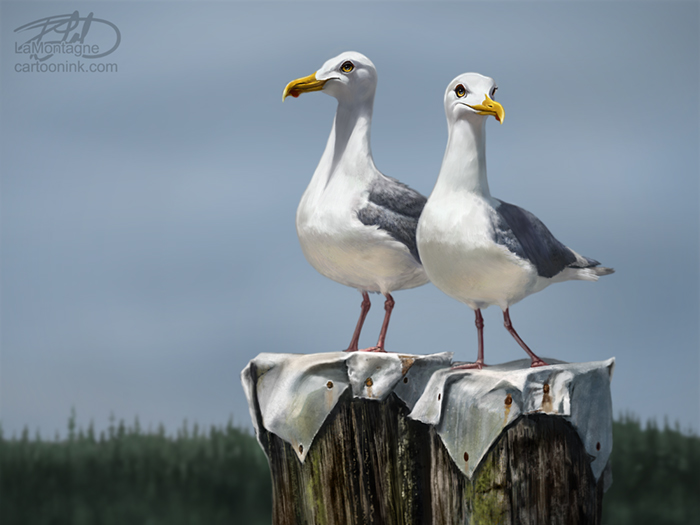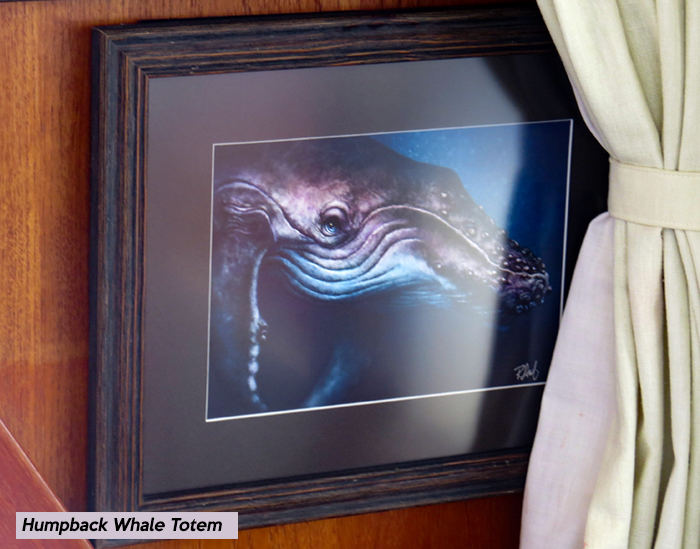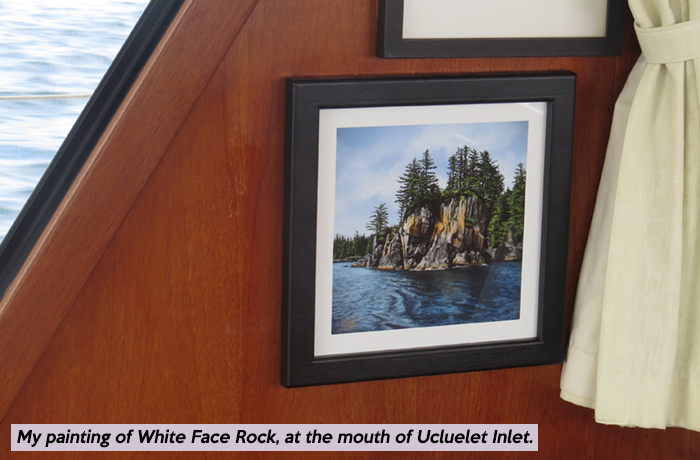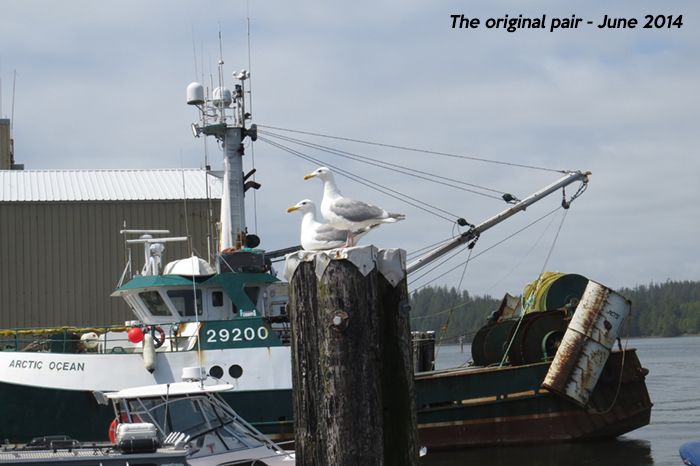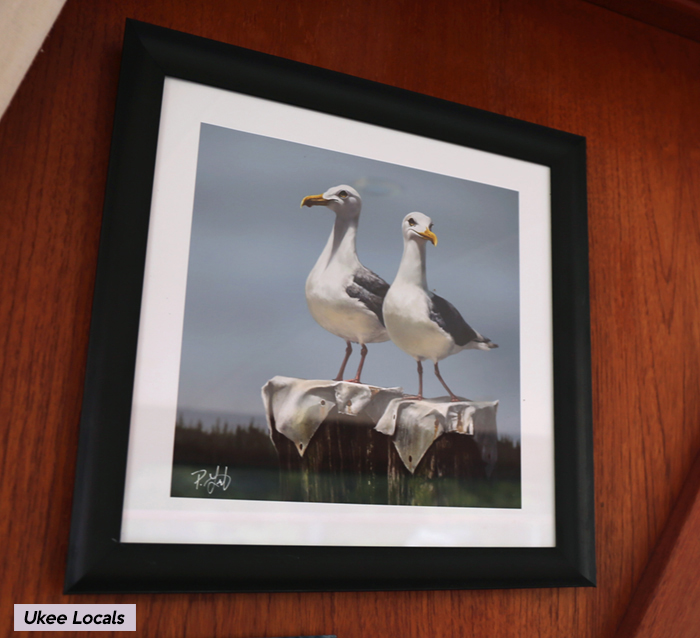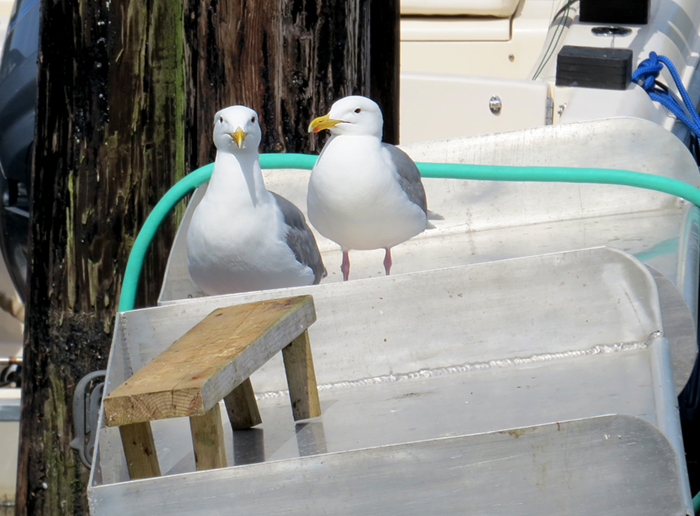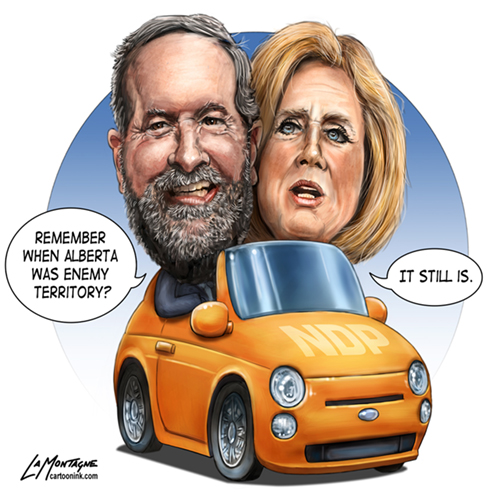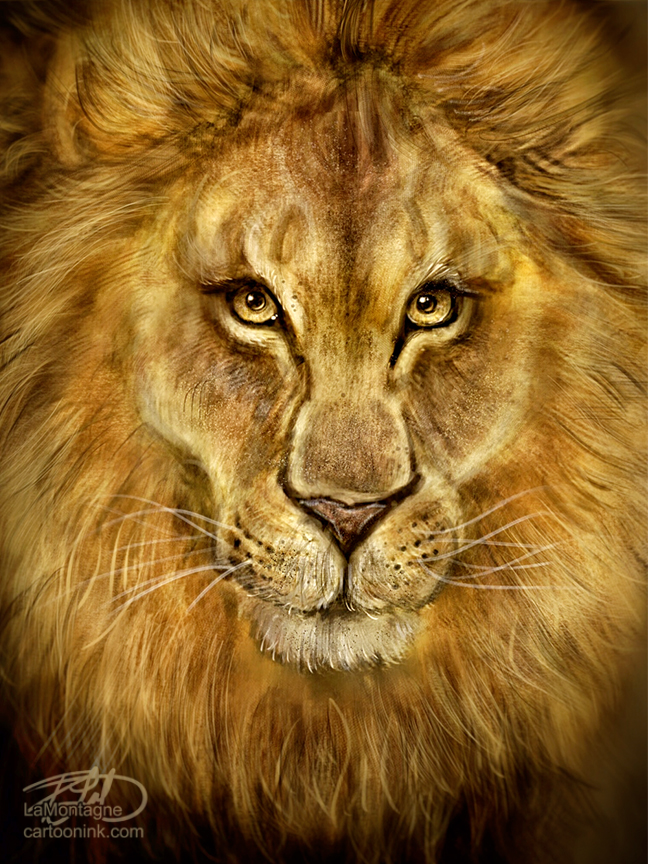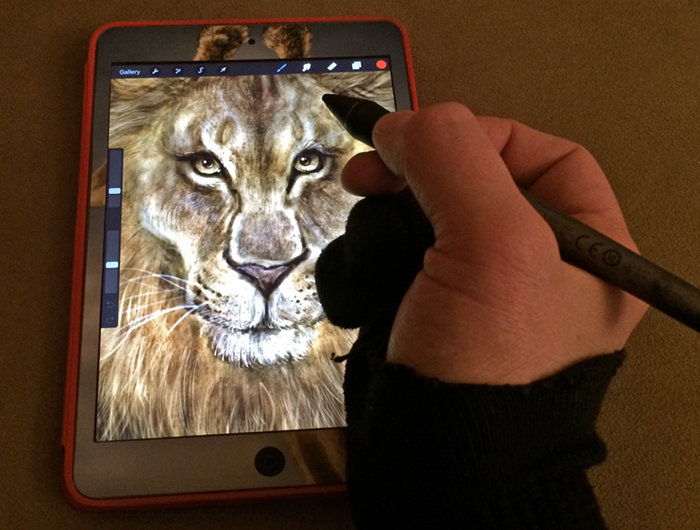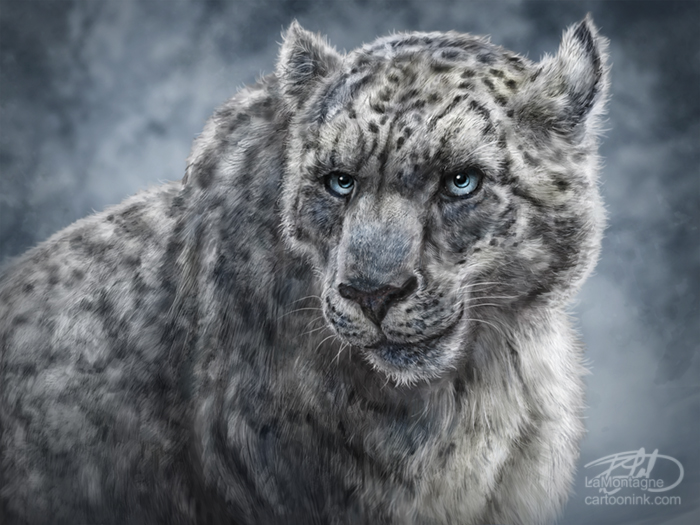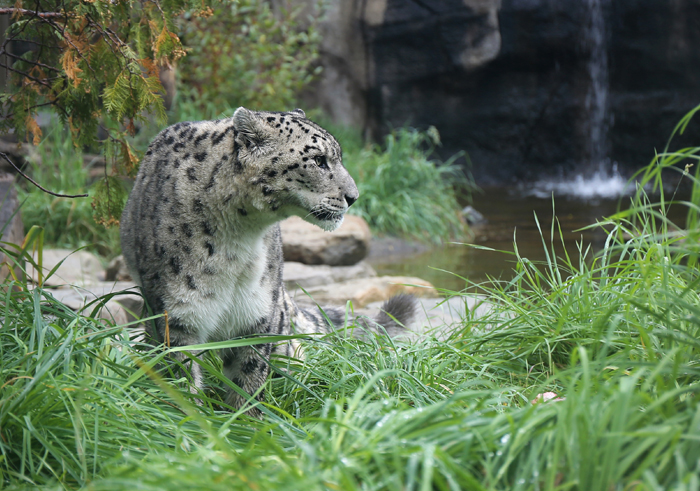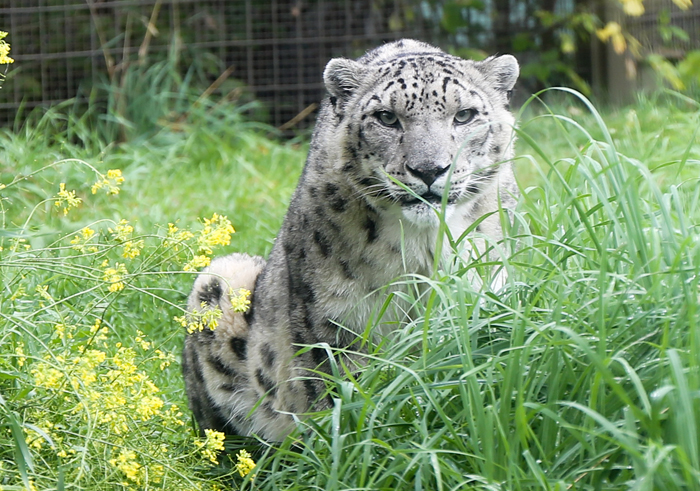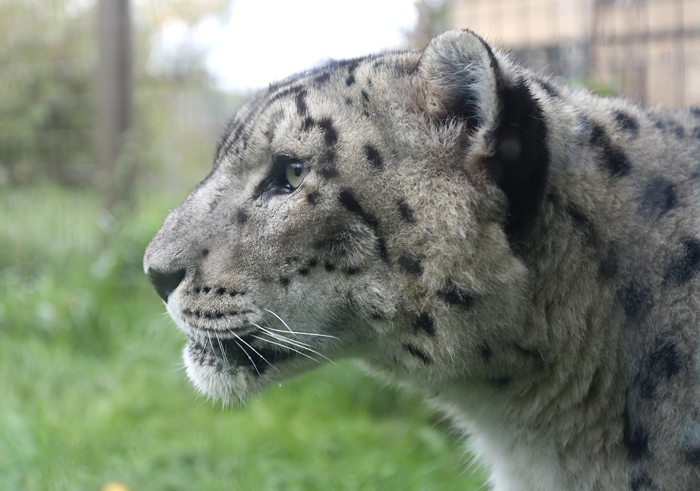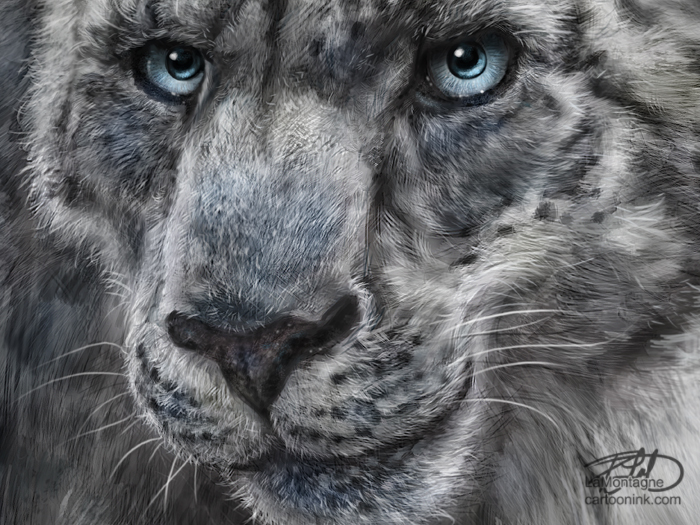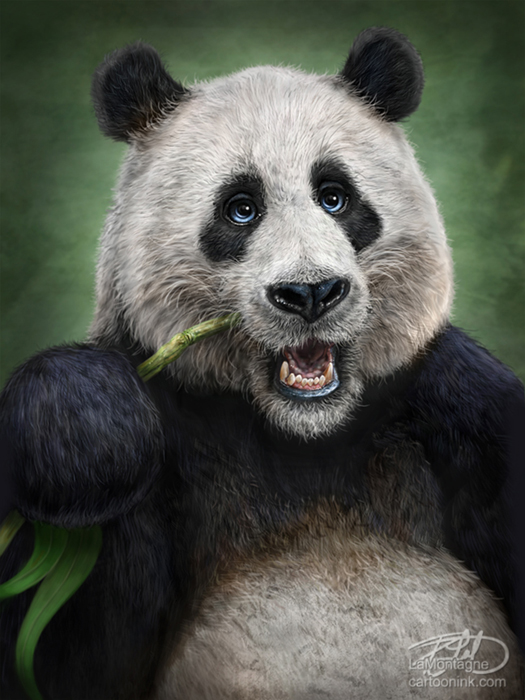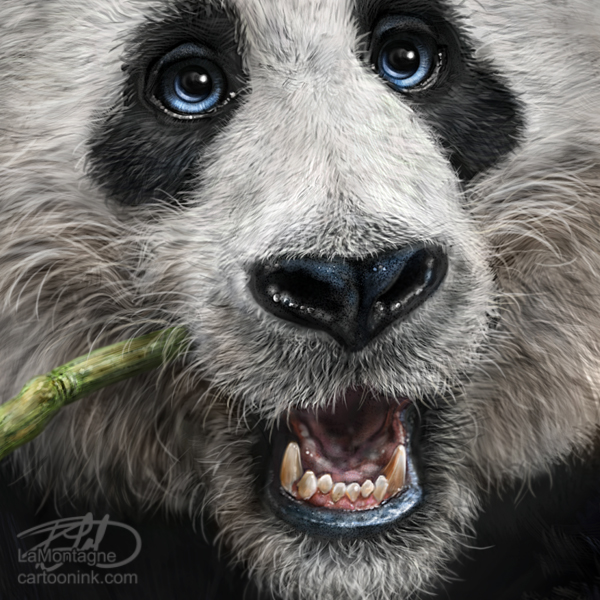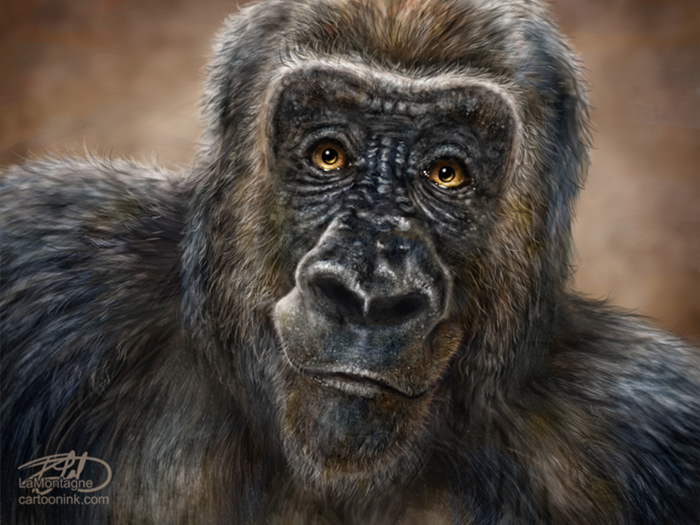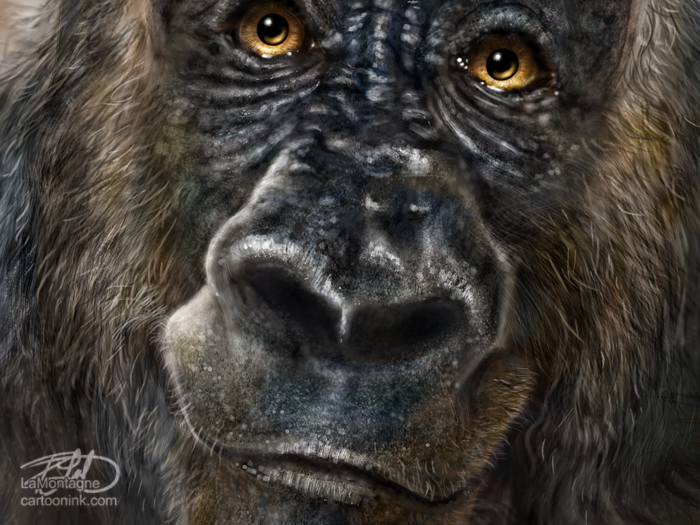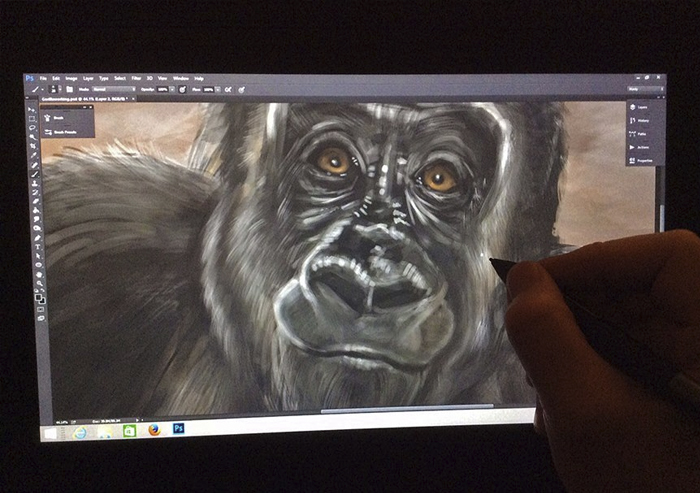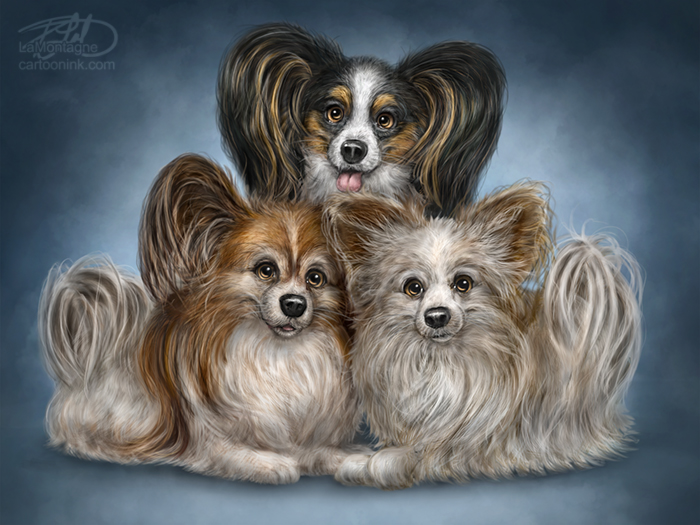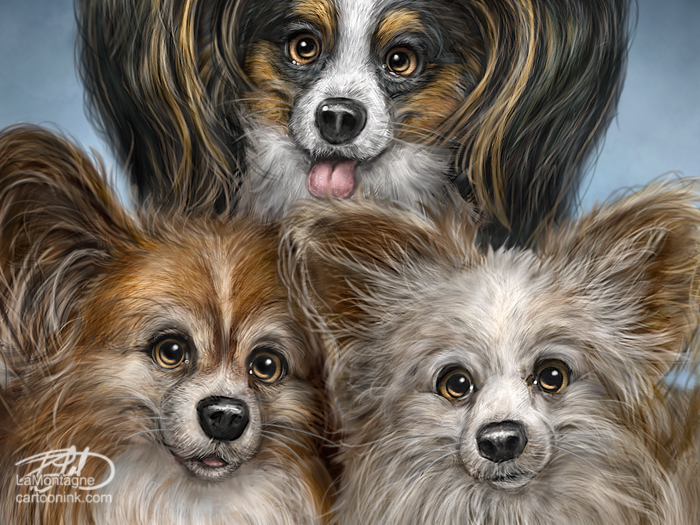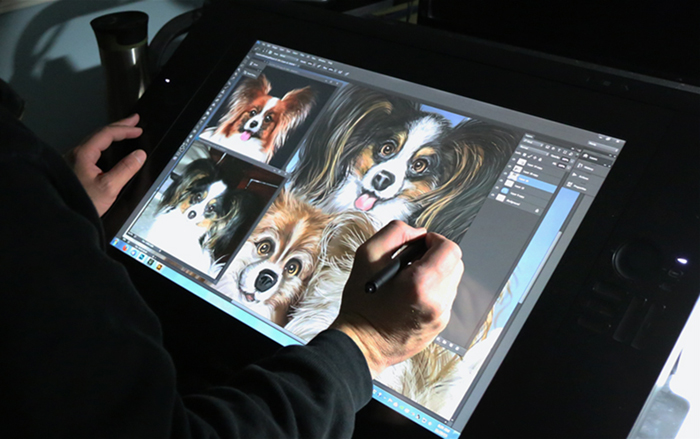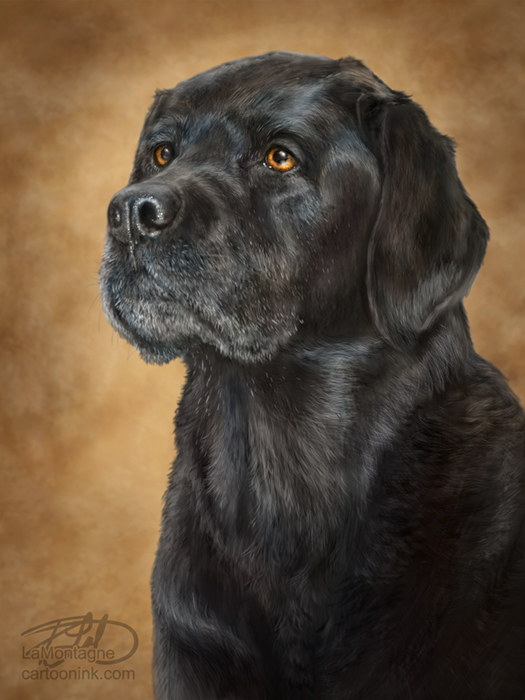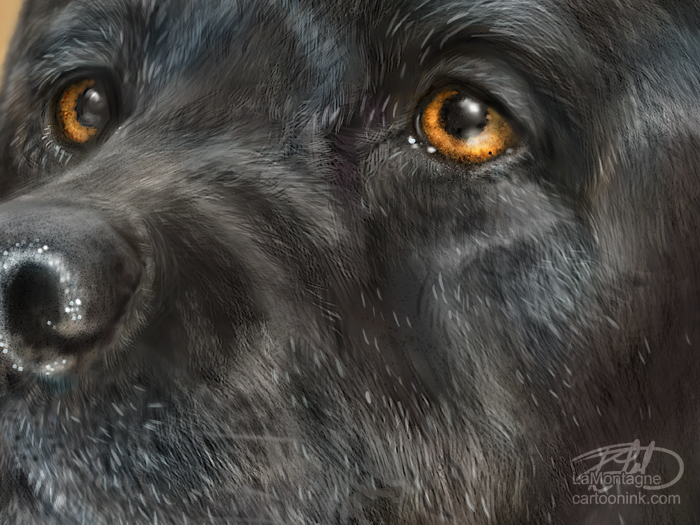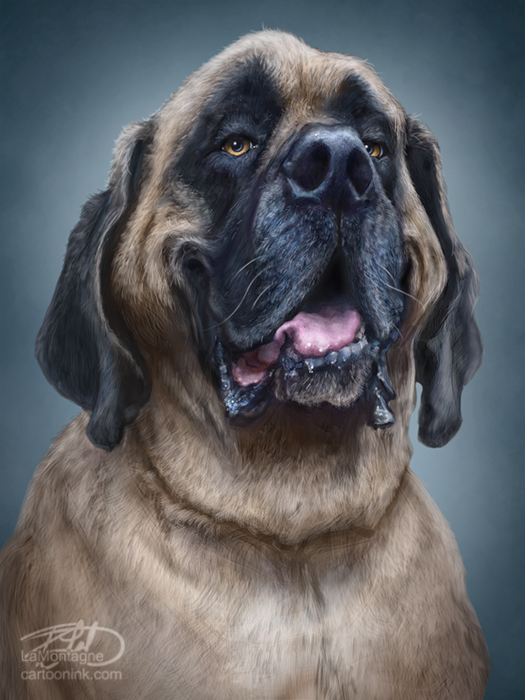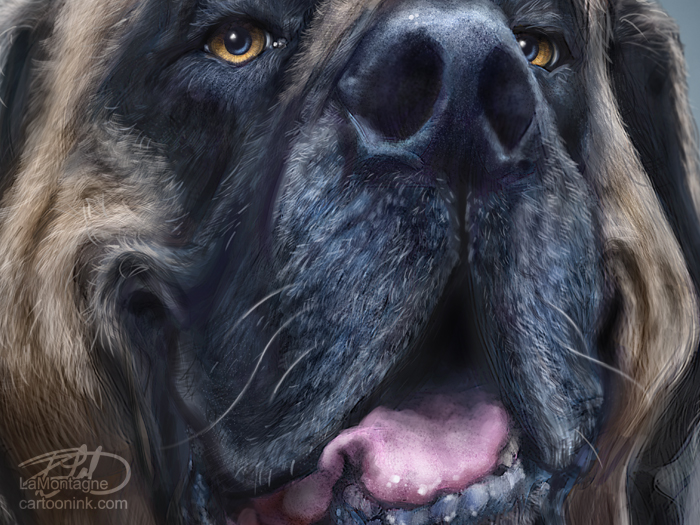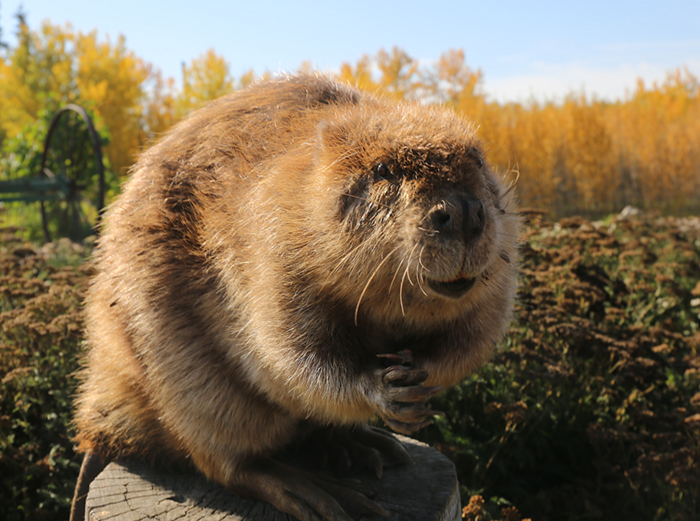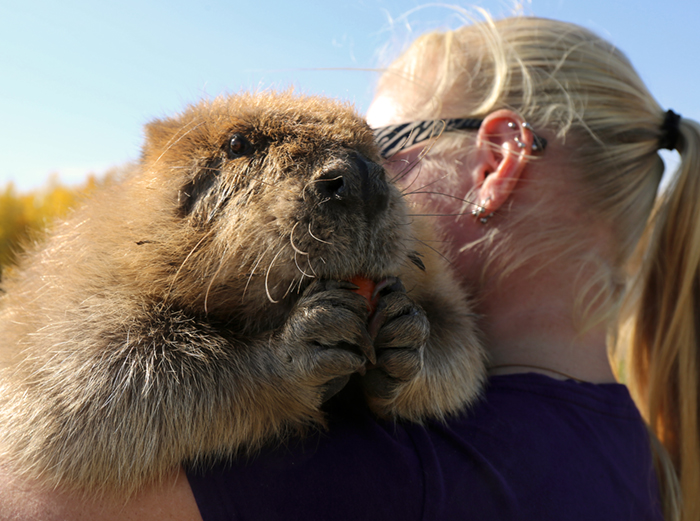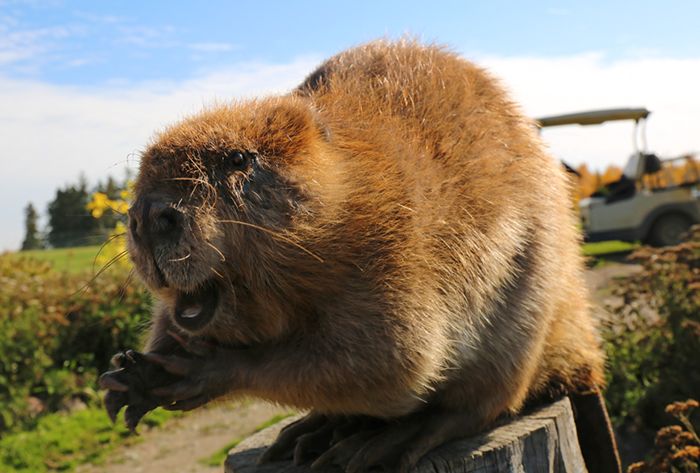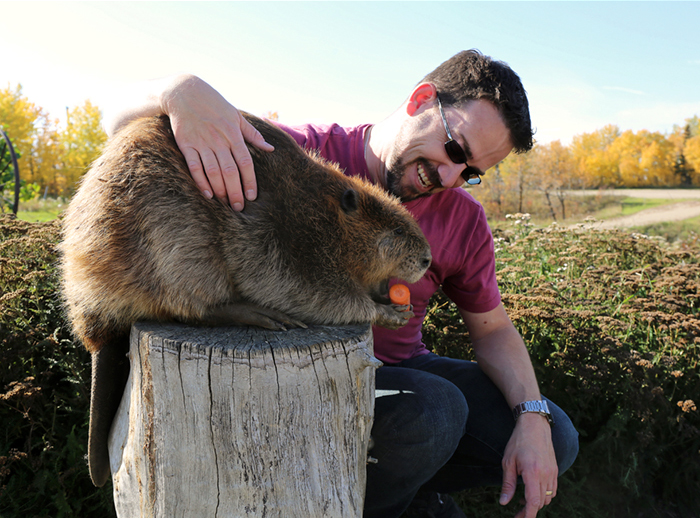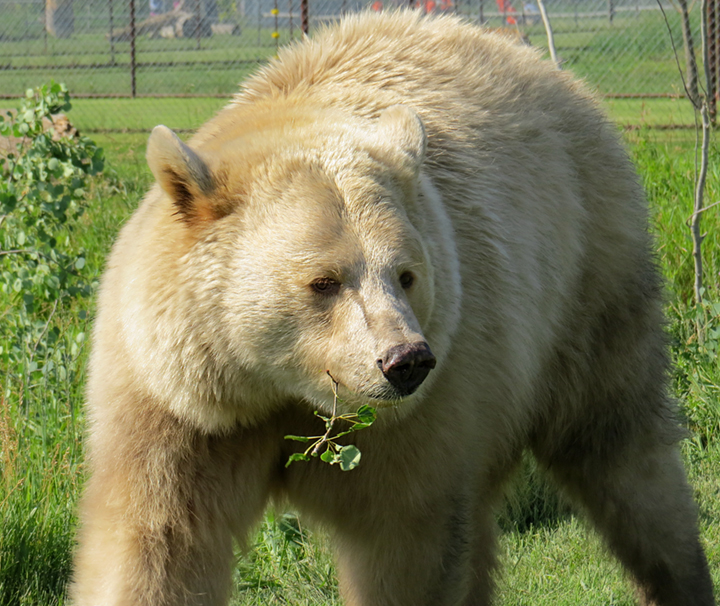 In December of last year, I received an email from Discovery Wildlife Park telling me about the Ultimate Bear Experience. A rare opportunity to “spend 4 hours with our black bears and our zookeepers. Feed, train and get to know each bear personally!”
In December of last year, I received an email from Discovery Wildlife Park telling me about the Ultimate Bear Experience. A rare opportunity to “spend 4 hours with our black bears and our zookeepers. Feed, train and get to know each bear personally!”
For adults only, a limit of five spots, I booked quickly and was confirmed for the date seven months later. I have been looking forward to it ever since.
As of last year, I’ve become a regular visitor to Discovery Wildlife Park in Innisfail, Alberta. I did the behind the scenes tour with the lion cubs twice last year as I knew it wouldn’t be offered again once they’d grown. Having seen them again this week, I’m glad I took advantage of it as those kitties got big! In October, I was granted a short photo shoot with GusGus the beaver and those photos resulted in my latest painting, which is already proving popular. My prints are now available in their gift shop this year as well.
Incidentally, I showed GusGus his painting on Thursday. Clearly, not a fan.
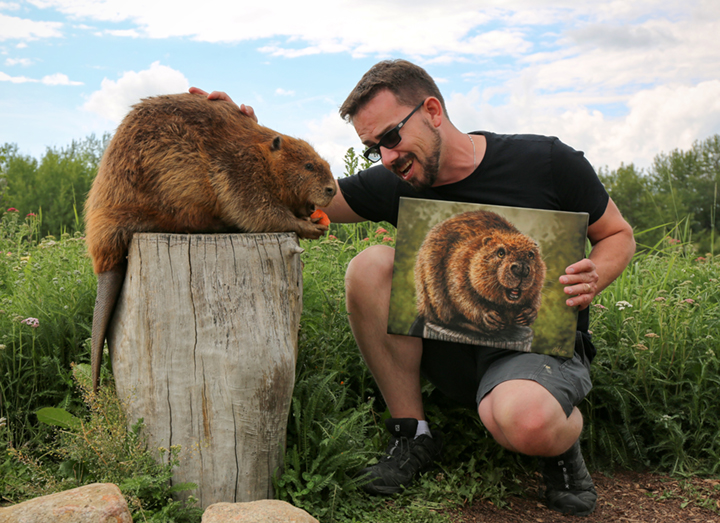 While I was sure the bear experience was going to be enjoyable and educational, I didn’t know what would be involved and was pleasantly surprised that it exceeded my expectations. Not only did we get close access to the bears, but one of the keepers was snapping photos the whole time, so in addition to my own pics, I was given theirs as well, a nice record of the day. Considering some of the great things we got to do, my camera would have been in the way during those times I wanted my attention on the bears.
While I was sure the bear experience was going to be enjoyable and educational, I didn’t know what would be involved and was pleasantly surprised that it exceeded my expectations. Not only did we get close access to the bears, but one of the keepers was snapping photos the whole time, so in addition to my own pics, I was given theirs as well, a nice record of the day. Considering some of the great things we got to do, my camera would have been in the way during those times I wanted my attention on the bears.
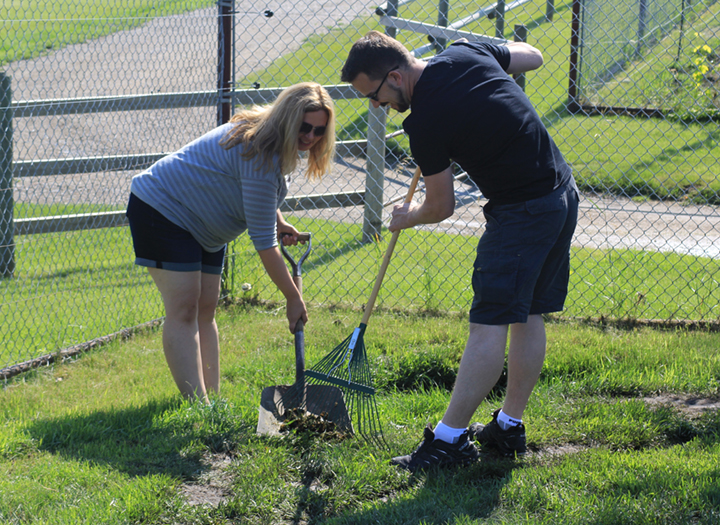 We began with raking and shoveling bear poop, something that is done every day by the keepers. After that, we stuck fresh cut branches of varying sizes into the ground around the enclosures while the bears were ‘loaded up.’ This means they were in their adjacent pens, a substitute for a den and safe place for them, much like how your dog feels safe in his kennel.
We began with raking and shoveling bear poop, something that is done every day by the keepers. After that, we stuck fresh cut branches of varying sizes into the ground around the enclosures while the bears were ‘loaded up.’ This means they were in their adjacent pens, a substitute for a den and safe place for them, much like how your dog feels safe in his kennel.
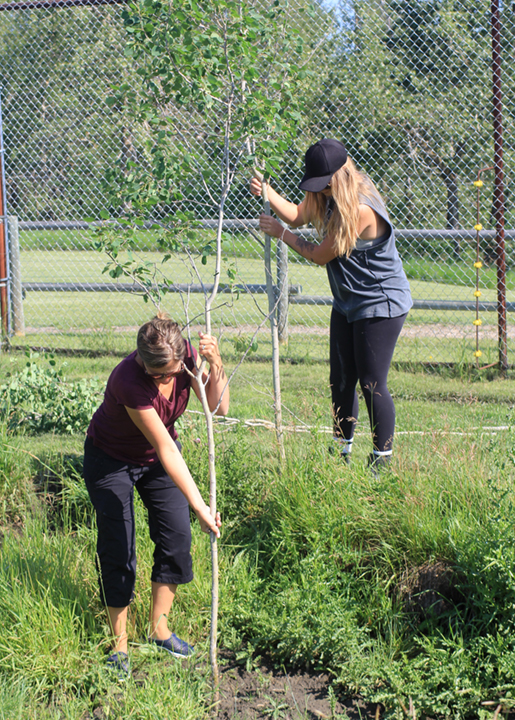
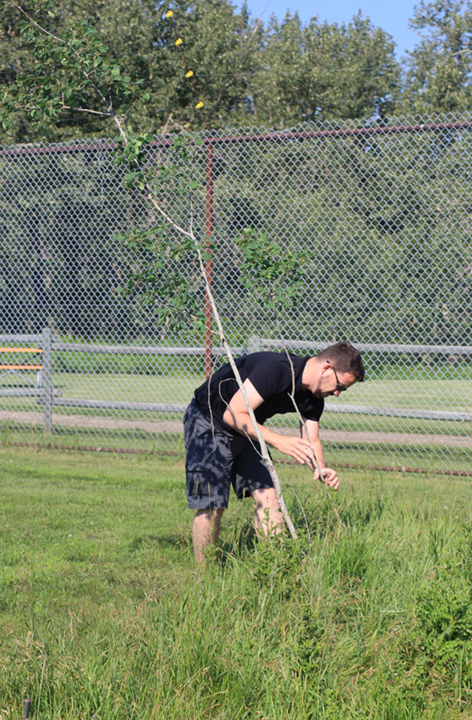 We were given peanut butter and honey that we smeared on logs, leaves and branches around the enclosure. Just a little bit, enough to pique the bears’ interest. The purpose of this exercise is enrichment. By introducing new things into the enclosures on a regular basis, it gives the bears something to do. In the wild, a bear’s time is consumed with finding food. In captivity, enrichment provides them with stimulation through interesting things to explore, directly contributing to their overall mental and physical health.
We were given peanut butter and honey that we smeared on logs, leaves and branches around the enclosure. Just a little bit, enough to pique the bears’ interest. The purpose of this exercise is enrichment. By introducing new things into the enclosures on a regular basis, it gives the bears something to do. In the wild, a bear’s time is consumed with finding food. In captivity, enrichment provides them with stimulation through interesting things to explore, directly contributing to their overall mental and physical health.
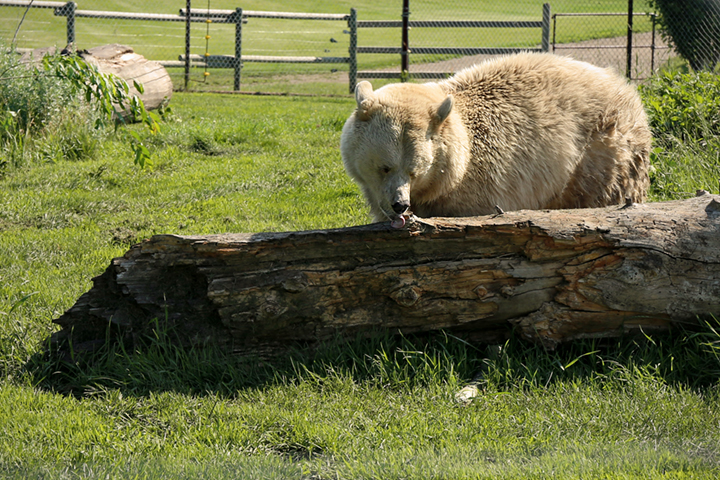
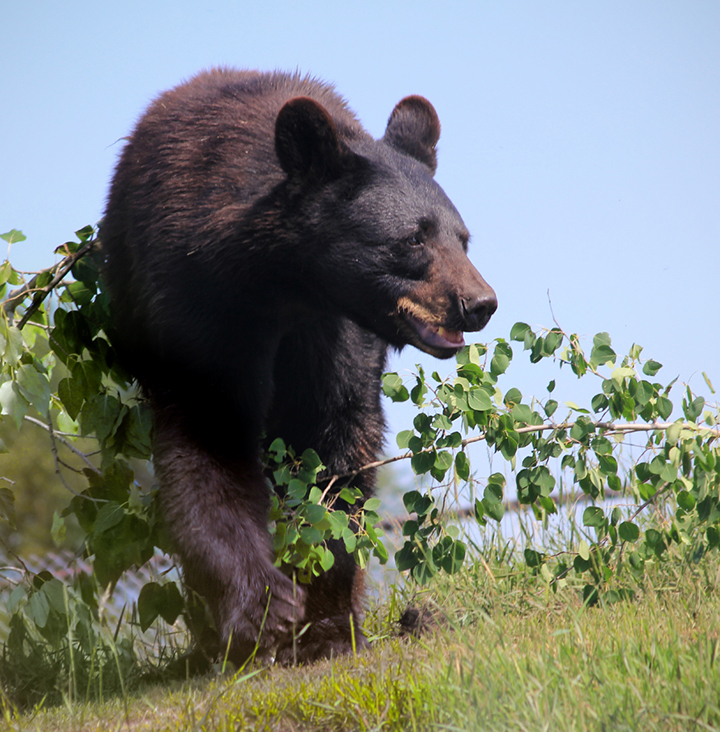 After we left the enclosure, the bears were released and we were able to see the results of our efforts. Sure enough, they were eager to check out the new digs. They manipulated the branches, sniffed out the little food smears, and were genuinely interested and engaged with what we had done. I had plenty of time to take pictures of the results.
After we left the enclosure, the bears were released and we were able to see the results of our efforts. Sure enough, they were eager to check out the new digs. They manipulated the branches, sniffed out the little food smears, and were genuinely interested and engaged with what we had done. I had plenty of time to take pictures of the results.
 For the rest of the time, we moved from one bear to the next. A couple of them live together, others on their own. I had expected to only be exposed to them with a chain link fence between us, so I was pleasantly surprised when we were able to step inside a few times. The only separation between our group and the bear was an electric fence, similar to one you’d find around a cattle pasture. Nothing that can hurt the bear, just annoying enough to create a barrier they learn to avoid.
For the rest of the time, we moved from one bear to the next. A couple of them live together, others on their own. I had expected to only be exposed to them with a chain link fence between us, so I was pleasantly surprised when we were able to step inside a few times. The only separation between our group and the bear was an electric fence, similar to one you’d find around a cattle pasture. Nothing that can hurt the bear, just annoying enough to create a barrier they learn to avoid.
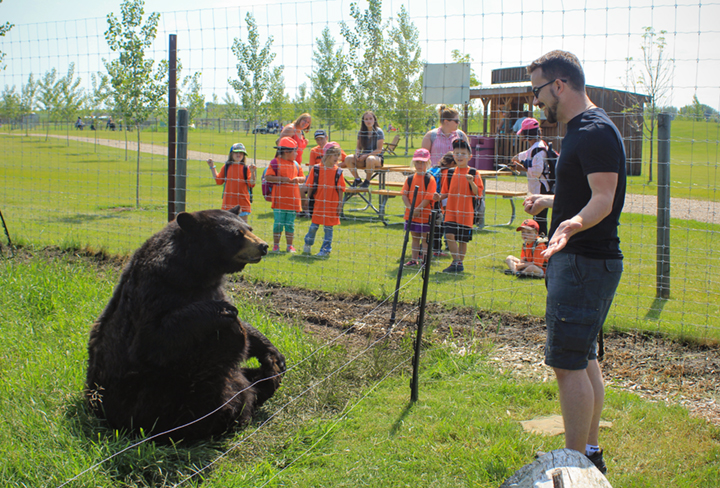 We had a chance to reinforce some of their training, spoon feed a favorite treat of avocado, and when I mentioned that a large reason for doing this was to challenge my bear phobia, the head zookeeper decided to ‘take it up a notch’ and brought out the apple pieces. The result you can see below, a wonderful experience I won’t ever forget.
We had a chance to reinforce some of their training, spoon feed a favorite treat of avocado, and when I mentioned that a large reason for doing this was to challenge my bear phobia, the head zookeeper decided to ‘take it up a notch’ and brought out the apple pieces. The result you can see below, a wonderful experience I won’t ever forget.
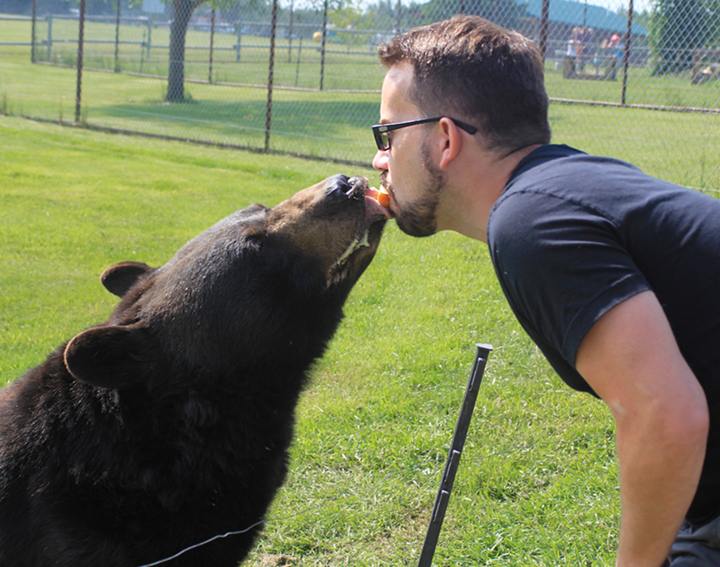 During our time with the keepers, I asked a lot of questions about captivity, the training, and the overall health of the bears living the way they do. I’ve had the back and forth arguments of conscience that many animal lovers have when it comes to wildlife in captivity. Is it cruel? Is it necessary? Would these animals be better off in the wild?
During our time with the keepers, I asked a lot of questions about captivity, the training, and the overall health of the bears living the way they do. I’ve had the back and forth arguments of conscience that many animal lovers have when it comes to wildlife in captivity. Is it cruel? Is it necessary? Would these animals be better off in the wild?
Some people have asked me how I can support zoos with my artwork and accuse me of selling out at the expense of the animals. In our social media ‘judge first, ask questions later’ culture, I’m used to this and dismiss that sort of thing. It’s not worth my time to argue with people who are more interested in telling you their opinion than having an intelligent discussion.
What people often fail to do is ask questions, in order to examine both sides of the argument. From what I’ve learned so far, I believe that animals in captivity, with the proper oversight and safeguards in place, offer valuable insight, especially when it comes to research, conservation and species at risk. Exposure to wildlife fosters empathy, especially in children. That empathy will hopefully later translate to a greater consideration for the world around us, something of which is currently in short supply.
Without going into great detail, I am personally satisfied that Discovery Wildlife Park is doing right by the animals in their care. Most are orphans or rescues and the only life they’ve known is at the park. Had they remained in the wild, they would have died. Returning them to the wild would have the same result. The life expectancy of an animal in captivity receiving top notch care and enrichment far exceeds that of one in the wild.
One thing is clear to me about this facility. These animals are loved. While the chain link fence separated us from the bears, the keepers were able to move about freely with them. In many cases, they’ve raised them and all of the training has been through positive reinforcement. I’d like to talk more about the reason for the training, but will save that for another post.
The facilities are clean, well maintained and the enclosures are large. For some of their animals, their spaces appear smaller, but from asking questions, I found out that there’s a good reason for that.
I’m a sucker for animals and when I see one hurt, injured or abused, it bothers me a great deal. I would not be able to support this park if I thought any of their practices were harming the animals that live there.
I plan to return often.
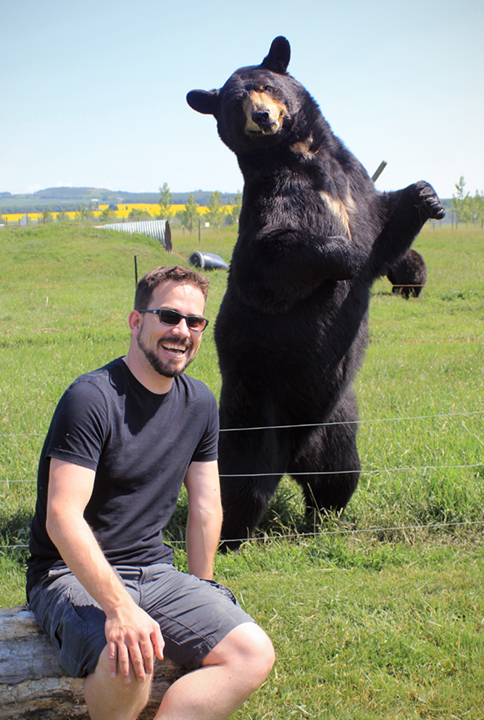
If you’d like to receive my newsletter which features blog posts, new paintings and editorial cartoons, follow this link to the sign up form. Thanks!

